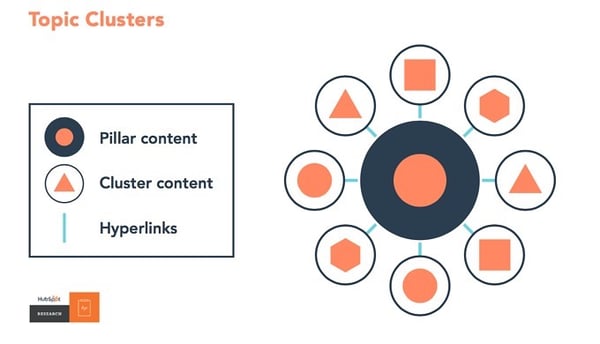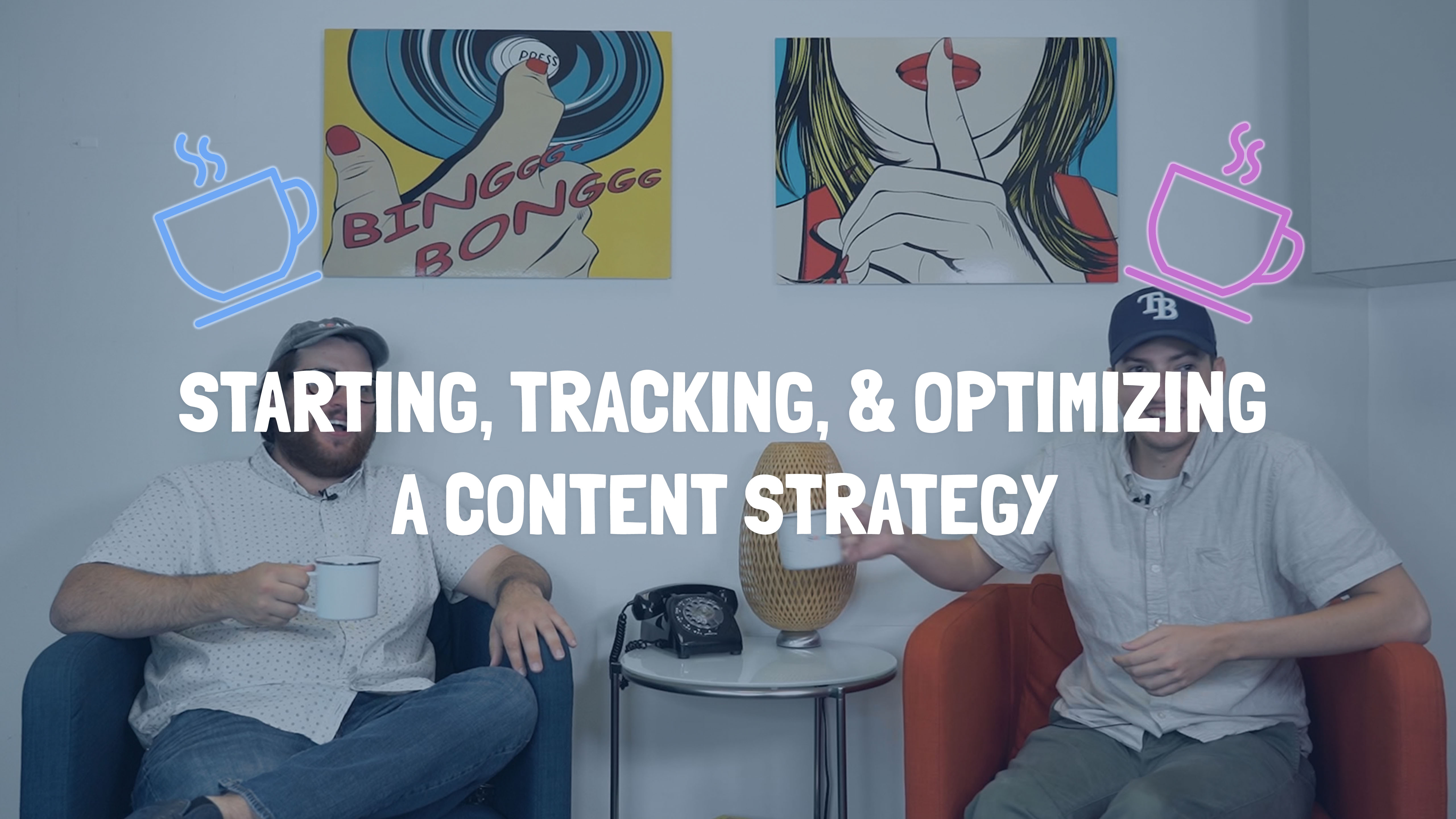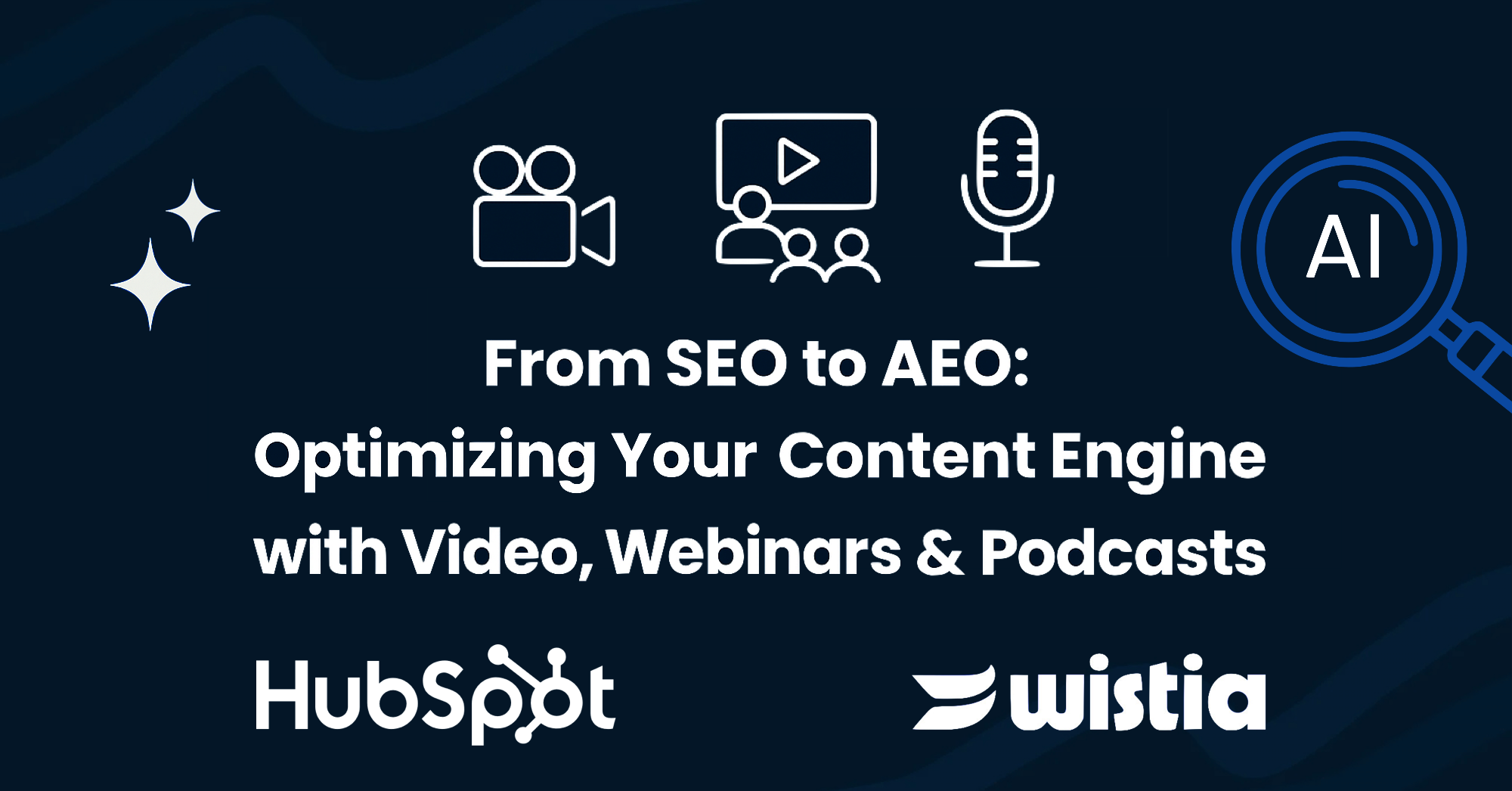Starting out in the blogosphere can be a daunting task as you look up at the towering giants of blogging. Armed with only your keyboard and the internet, you can still do great things. We’re here to help you get started, learn from your mistakes, and kickstart your content strategy.
Related Blog: How to Make Better Blog Headlines That Will Get You Clicks
Creating a Successful Blog Strategy
So, you want to start blogging. Congratulations!
But, what should you write about? That’s a difficult question to answer in a blog like this, that question can only be answered by you and your research. You’ll have to look at things like:
Learning from your competition
Check out your competition’s blogs and see what they’re doing and, more importantly, what’s working for them. Find their best blogs and figure out how you can shift the angle to fit your audience’s needs. Learning from those already doing it is the easiest way to get your content off the ground. It may seem strange using your competition as a springboard, but SEO is a competitive space. Remember, you don’t have to be perfect with SEO, you just have to be better than your competition. Learn More about the power of SEO with our Search Engine Optimization Guide.
Conducting Keyword Research
Use the tools at your disposal like Moz, Google Search Console, HubSpot’s SEO tool, and a variety of others to find the words that the people you’re hoping to pull are using to find sites like yours. Research potential keywords you could write about, find things people are already searching for with Google Trends and create content that matches the intent of their search. What is your ideal customer searching for and how can you help answer their questions?That’s a question every content marketer would like the answers to, luckily new software like Oz Content is being created to help find them.
Check your website
One of the first, and easiest, things for you to check is your very own website. What are the most popular pages on your site, what topics are those pages covering, and how can you expand on those topics to offer more value to your ideal audience? Cater to the audience you’ve already built on your site.
Don't feel like watching the video? Check out the podcast version of Coffee Talks
Checking on Your Blogs
Now, you’ve written some content and are starting to see traffic trickle in. That’s great, but your work isn’t done. Always continue to write more blogs and always be looking under the hood of your current blogs to learn whether or not that content is still driving traffic to your site and if the information is still relevant to your audience.
Answering some of these questions about your content will help you find out if you’re pulling in the right crowd and you’re desired potential customers:
- Where is your traffic coming from? Answering this question will help you decide if your blog is winding up in the right places. Is the content optimized for SEO and the keywords you’ve chosen? Google Search Console will be a big help here as it shows you what keywords people are entering your site from. If you write about fruits and all the people coming to your site are searching for vegetables, then its time to make some adjustments. There are a lot of HubSpot integrations that will help you here, also.
- Is your audience engaging and converting? This is crucial in your efforts to blog successfully. If people are coming to your blog and quickly exiting, meaning that your bounce rates are high and time on site is low, then it could mean that your audience isn’t seeing the value in your content. Another indication that your content may be misaligned with your intended audience is in your CTA conversion on the blog. Are people interested in moving themselves through the funnel you’ve established for this blog content?
If you’ve unfortunately found that your content is not working, it’s OK. You’ve done the keyword research and the writing and those are the hardest parts. Now, it’s time to optimize.
Optimizing Blogs
Just because your blog is failing doesn’t mean you have to. Unlike man’s best friend, you can teach an old blog new tricks. It’s time to take your data and use it to improve a blog. But how?
- Change the SEO: Go back to the drawing board. Maybe that keyword you originally researched for this article isn’t performing the way you want it to. Re-optimize this article with updated keyword research and HTML structure, you might be surprised how much of an impact that makes to existing, underperforming content.
- Add Video: If engagement is down, adding a video will definitely help. It’ll attract the eye, it’s inviting, and it’s a great SEO tool. Adding videos to your blog content keeps users on site longer. If people are sticking around, that's a great sign to Google that you’re delivering on valuable content. Not sure about video SEO? Don’t worry, if you host your video using Wistia it’s all taken care of already.
- Add links: Adding links to your blog will increase its authority in the eyes of Google and its credibility in the eyes of the reader. Use data and quotes from reputable sources and link back to them. Linking to relevant articles on your own website works great as well. Just remember to optimize the user experience of your content. Don’t add links that make no sense, only add links that will give your users a better experience.
- Organize your content in a topic cluster model: Think about the main topics your current content is addressing. You’ll probably find at least 3 main categories that all of it falls under. For example, out of 200+ blogs that we’ve written, a majority of our content falls under the topics SEO, video marketing, or inbound marketing. Create long form pillar content to support your main topics and connect your old content to those pillar pages (by linking to them within the copy). This helps grow not only your individual blogs, but also grows the content connected to them as well as the pillar page that connects them all.
 A model of a topic cluster from HubSpot
A model of a topic cluster from HubSpot
If you’ve optimized the blogs you have and things are going well, then it’s time to rinse and repeat. Blogging is a never-ending cycle of research, creation, and optimization. The second you let your foot off the pedal, your competition will roar right past you.


-1-1.png)


